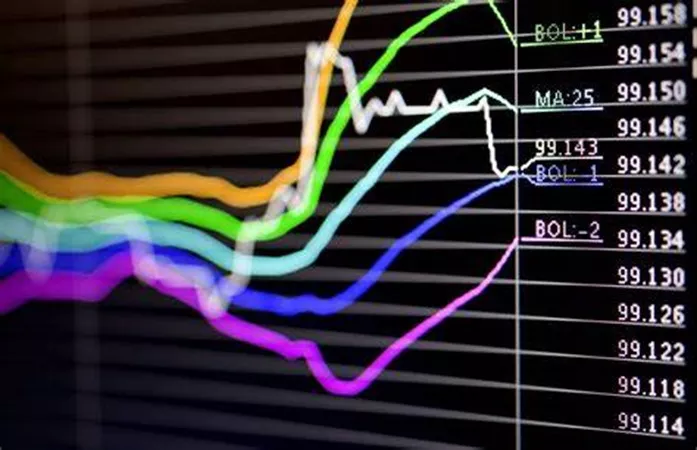Index funds are investment funds designed to replicate the performance of a specific market index, such as the S&P 500. They offer investors a way to invest in a broad market segment without the need to pick individual stocks. However, like all investments, index funds are subject to market fluctuations. Understanding when and why these funds recover can help investors make informed decisions.
Factors Influencing the Recovery of Index Funds
Market Cycles
The stock market operates in cycles, characterized by periods of growth (bull markets) and decline (bear markets). After a bear market, the recovery phase begins, often leading to a new bull market. The duration and strength of these cycles can vary based on economic conditions, investor sentiment, and global events.
Economic Indicators
Economic indicators such as GDP growth, unemployment rates, and inflation play a significant role in the performance of index funds. A growing economy typically leads to higher corporate earnings, which can drive up stock prices and, consequently, the value of index funds.
Interest Rates
Central banks, like the Federal Reserve in the United States, influence interest rates to control inflation and stabilize the economy. Lower interest rates can make borrowing cheaper, encouraging investment and spending, which can boost stock prices and aid in the recovery of index funds.
Corporate Earnings
The profitability of companies within an index directly impacts its performance. Strong earnings reports can lead to higher stock prices, contributing to the recovery of index funds.
Global Events
Global events, such as geopolitical tensions, pandemics, or natural disasters, can disrupt markets. The recovery from such events depends on the severity of the impact and the speed at which normalcy returns.
Historical Recovery Patterns
Historically, markets have shown resilience. For instance, after the 2008 financial crisis, markets took several years to recover fully. Similarly, the COVID-19 pandemic caused a sharp market downturn in early 2020, followed by a rapid recovery as economies adapted and stimulus measures were implemented.
Current Market Outlook
As of April 2025, market analysts have mixed views on the recovery trajectory. Some indicators suggest a potential bottoming of the market, with certain volatility measures returning to more typical levels. However, uncertainties remain due to factors like trade policies and inflation concerns.
Strategies for Investors
Investors looking to navigate the recovery phase of index funds should consider the following strategies:
-
Diversification: Spread investments across various sectors to mitigate risks.
-
Long-Term Perspective: Focus on long-term goals rather than short-term market fluctuations.
-
Regular Monitoring: Keep abreast of economic indicators and market news to make informed decisions.
-
Professional Advice: Consult financial advisors to tailor investment strategies to individual goals and risk tolerance.
Conclusion
The recovery of index funds is influenced by a complex interplay of market cycles, economic indicators, interest rates, corporate earnings, and global events. While historical patterns suggest that markets eventually recover, the timing and pace of this recovery can vary. Investors should stay informed, remain patient, and consider professional guidance to navigate the recovery phase effectively.
Related Topics:


